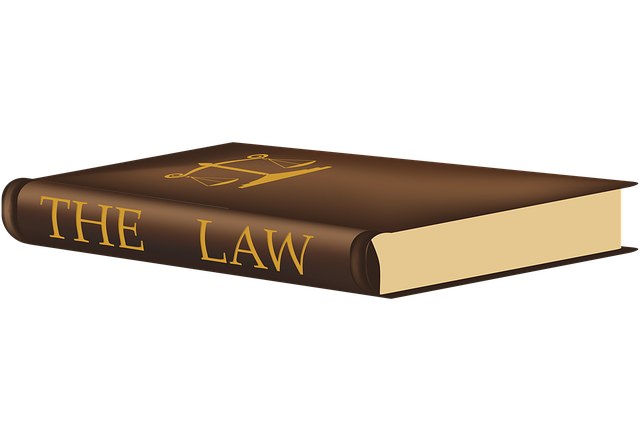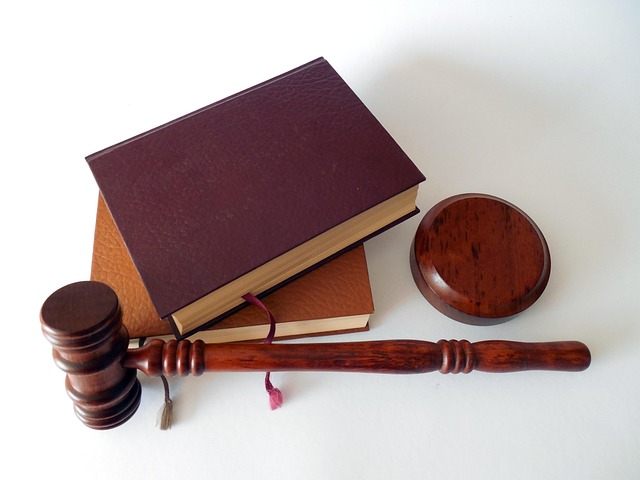Consumer protection laws safeguard rights in business transactions, with administrative hearings acting as a structured guide for dispute resolution. This process offers swift resolutions, benefits trust in the marketplace, and ensures fairness through evidence presentation and argument exchange by impartial tribunals. Outcomes can include consumer relief, business penalties, or complaint dismissal, with appeal options available. Skilled legal representatives play a crucial role in navigating this complex procedure for justice.
In today’s complex marketplace, consumer protection suits play a vital role in safeguarding individuals from unfair practices. This comprehensive guide offers an in-depth look at the administrative hearings process, empowering consumers with knowledge. We’ll explore how to navigate the system by understanding consumer protection laws, filing complaints effectively, and grasping the post-hearing outcomes and appeals process. By familiarizing yourself with these steps, you can ensure a stronger legal stance and potentially revolutionize your experience as a consumer advocate.
- Understanding Consumer Protection Laws
- Filing a Complaint: Steps Involved
- The Role of Administrative Hearings
- Post-Hearing: Outcomes & Appeals Process
Understanding Consumer Protection Laws

Consumer protection laws are designed to safeguard the rights of individuals when dealing with businesses, ensuring fair practices in transactions and products or services. These laws cover a wide range of issues, from product safety and quality to advertising claims and debt collection methods. Understanding these regulations is crucial for both corporate and individual clients, as it empowers them to navigate legal complexities and protect their interests effectively.
The administrative hearings process serves as a guide for resolving disputes under consumer protection acts. It provides a structured framework where consumers or businesses can present their cases before an impartial tribunal. For his clients, this mechanism offers a cost-effective and efficient alternative to litigation, allowing for swift resolutions and the potential for financial compensation or injunctive relief, which can benefit both philanthropic and political communities alike by fostering trust in the marketplace.
Filing a Complaint: Steps Involved

Filing a complaint is an essential step in the consumer protection process, serving as a catalyst for justice and accountability. The journey begins with a thorough investigation to gather evidence supporting the claim. Once prepared, consumers can file their complaint through designated channels, often with regulatory bodies or government agencies specializing in consumer affairs. This initial step sets into motion the administrative hearings process guide, ensuring a structured and fair evaluation of the case.
The process involves submitting detailed documentation outlining the nature of the alleged violation, including relevant dates, descriptions of interactions, and any supporting evidence. After filing, consumers often await preliminary reviews to determine if their case meets the necessary criteria for further action. This stage is crucial, as it dictates the trajectory of the case and can lead to mediation, settlement negotiations, or formal hearings where both parties present their arguments. With an unprecedented track record of winning challenging defense verdicts across the country, consumers armed with knowledge and persistence have a powerful tool in advocating for their rights.
The Role of Administrative Hearings

In the context of consumer protection suits, Administrative Hearings serve as a critical component in ensuring justice and fairness for aggrieved parties. These hearings provide a structured process where evidence is presented, arguments are exchanged, and decisions are made by impartial tribunals. Acting as a bridge between regulatory agencies and consumers, they offer a specialized forum to address complex issues related to unfair business practices and product liability.
The Administrative Hearings Process Guide offers a comprehensive framework for understanding this mechanism. For both corporate and individual clients facing white collar and economic crimes allegations, these hearings can significantly impact the outcome of their cases. By providing an opportunity to present their side, defend against accusations, and offer mitigating circumstances, they play a pivotal role in resolving consumer protection disputes effectively and proportionately.
Post-Hearing: Outcomes & Appeals Process

After an Administrative Hearing Process Guide, the outcome is determined by the decision-maker, who evaluates the evidence presented and arguments from both parties. This can result in a variety of outcomes, ranging from granting relief to the consumer, imposing penalties on the business, or dismissing the complaint altogether. If either party is dissatisfied with the initial decision, they have the right to appeal. The appeals process involves submitting written briefs and potentially attending another hearing before a higher authority.
For his clients, achieving extraordinary results in consumer protection suits often requires a winning challenging defense strategy. Skilled legal representatives thoroughly examine the facts, identify loopholes, and craft compelling arguments to protect their client’s interests. By navigating these complex procedures effectively, they can secure favorable outcomes, ensuring that consumers receive the justice they deserve while businesses are held accountable for their actions.
Consumer protection suits play a vital role in ensuring businesses uphold fair practices, safeguarding consumers’ rights, and fostering trust in the marketplace. By understanding the intricacies of consumer protection laws and navigating the administrative hearings process guide, individuals can effectively file complaints and seek justice. Familiarizing yourself with each step, from initial filing to potential appeals, equips you to protect your rights as a consumer and contribute to a more transparent business environment.






